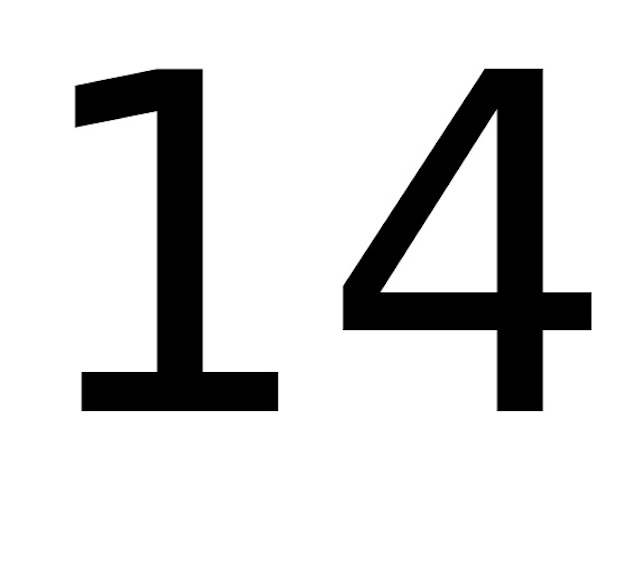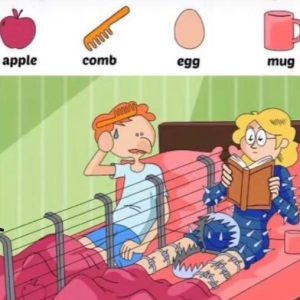At first glance, it looks like a simple block structure. But the real challenge lies beneath the surface—literally. This viral puzzle has everyone pausing, zooming in, and second-guessing their instincts. The question? How many cubes are actually missing in this image?
Seems straightforward, right? Count the missing parts, subtract from the whole, and boom—you’ve got the answer. But as with most brain teasers, it’s never that easy. If you love stretching your mind and proving your logic skills, buckle up. We’re diving deep into this cube conundrum.

What Makes This Puzzle So Tricky?
It’s all about visual deception. This puzzle is built around a 3D illusion, and our brains aren’t great at judging depth, especially when something is partially hidden. Add in the assumption that each layer is identical, and bam—you’re probably already off by a few cubes.
The challenge here isn’t just math. It’s spatial awareness. You’ve got to treat this like a 3D jigsaw—one where some pieces are invisible unless you look closely.
Video: Refresh your mind with these simple, cheerful, and engaging puzzles!
Common Mistakes Most People Make
Let’s get this out of the way: if you got it wrong the first time, you’re not alone. Thousands of people online have taken this challenge, and most stumbled on the same things:
- Assuming uniformity: Just because one layer has 15 cubes doesn’t mean the others do too.
- Ignoring hidden gaps: If a cube isn’t visible, it’s easy to forget it should be there.
- Forgetting to count vertically: People often count layer by layer but forget how missing cubes might line up or hide behind others.
That’s how this puzzle gets you—it banks on speed over accuracy and assumptions over logic.
Start With the Basics: What Should Be There?

Let’s break this down logically.
The structure is designed to have 4 layers, with 15 cubes per layer.
So if the whole thing were complete, we’d have:
15 cubes × 4 layers = 60 total cubes
Easy enough, right?
Now comes the real test—how many cubes are actually present?
Let’s Count What’s Visible, Layer by Layer
We’ll move from the bottom up, just like how a builder stacks bricks.
- 1st (bottom) layer: Full, no cubes missing = 15 cubes
- 2nd layer: One cube missing = 14 cubes
- 3rd layer: Missing five cubes = 10 cubes
- 4th (top) layer: Clearly short, only has 7 cubes
So now let’s total up what’s actually there:
15 + 14 + 10 + 7 = 46 cubes
That’s 46 physical cubes you can spot and count in the image.
Now Let’s Find What’s Missing
If we expected 60 cubes and we’ve only got 46…
60 – 46 = 14 missing cubes
That’s right—14 cubes are missing in total. It’s not a trick. It’s just a matter of taking your time and working through it carefully.

Why This Puzzle Actually Helps Your Brain
Beyond being a fun brain workout, puzzles like these sharpen key mental muscles:
- Observation skills: You learn to look beyond the obvious
- Logical thinking: It forces you to use math and logic, not assumptions
- Spatial reasoning: Understanding how things stack and relate in 3D space
- Patience: You won’t get the right answer unless you slow down
In a world where we’re used to quick answers, these kinds of challenges are a refreshing way to remind ourselves how important it is to think things through.
Here’s a Pro Tip for Next Time
Whenever you face a puzzle that shows a 3D object or visual illusion, don’t trust your instincts right away. Instinct is great for survival, but not always for puzzles. Instead, build a strategy:
- Break the object into parts (like layers)
- Estimate what’s missing or hidden
- Confirm with math
- Cross-check your assumptions
It’s like building a mental checklist—one that helps you avoid being tricked by design.
Feeling Stumped? You’re Not Alone
Video: 14 Riddles That Will Challenge Your Logic
This puzzle has gone viral because it’s deceptively hard. Some people guess 8 missing cubes. Others say 12. A few throw out random numbers like 18 or 20. But very few land on 14 without careful breakdown.
That’s the beauty of puzzles like this—they level the playing field. It doesn’t matter if you’re a math teacher or a second grader. If you don’t stop and think, the answer will slip right by you.
Conclusion: The Magic Is in the Details
So, what’s the final answer? 14 missing cubes. And if you got it right—nicely done! That’s a win worth bragging about.
If you didn’t? That’s okay, too. Because solving puzzles like this is less about getting the right answer the first time and more about building the habit of looking closer, thinking deeper, and slowing down.
After all, life’s full of hidden cubes. Sometimes, you’ve just got to stop, count carefully, and see what’s missing.
Now go ahead—challenge your friends. See who really has the sharpest eye in the room.


